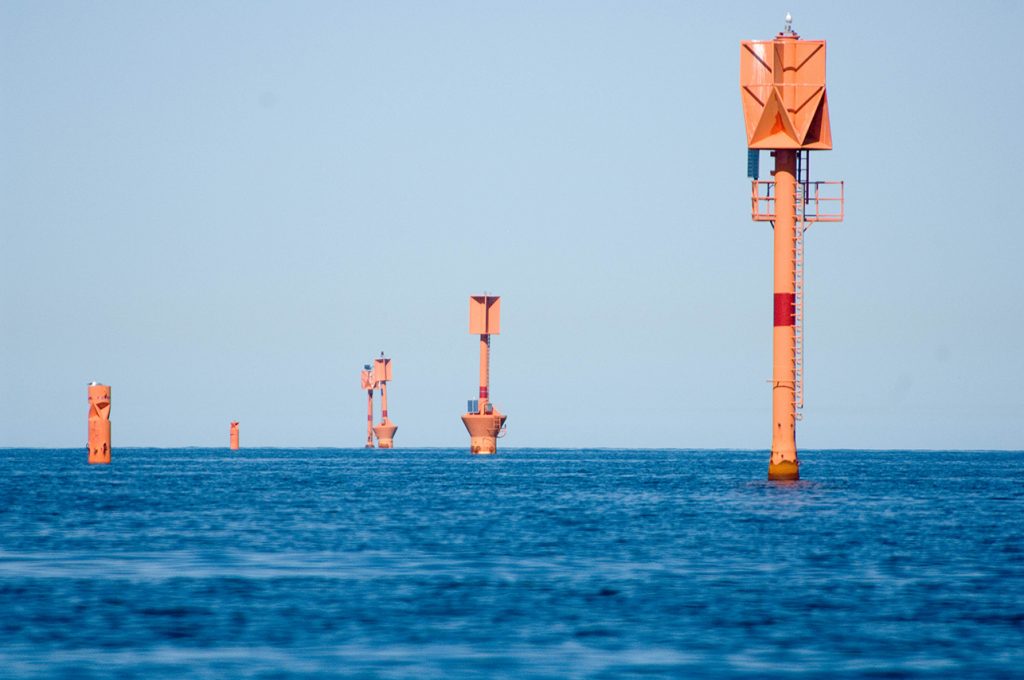ISTLAB points the way towards future navigation
The best way to describe ISTLAB’s contribution to shaping more efficient future navigation for shipping is through a scenario on port arrivals.
Text: Wärtsilä | Photo: Pekka Lehmuskallio

Whereas today, a vessel’s port call is confirmed 48 hours in advance, in this scenario the confirmation occurs 5 days before port arrival. However, 3 days out and the weather changes. The ship’s route optimization system automatically warns the Captain that the speed should be slowed down to avoid ‘slamming’, which apart from possibly causing damage, would increase fuel consumption. The Captain therefore alters the route to avoid the bad weather.
This route change means a different ETA (Estimated Time of Arrival). All relevant stakeholders are informed of the change and the port suggests delaying arrival by 12 hours, which is when the next free slot is available. The new ETA is confirmed and the route optimization system automatically adjusts the speed accordingly, thus saving fuel and reducing emissions.
When within range of the onshore communication system, VTS (Vessel Traffic Service) monitoring checks that the weather and traffic conditions allow remote pilotage. Sensors provide wind, wave, and current data to ensure that the situation is within safety limits for onshore pilots to assist the ship remotely. This feature is due to the simulations developed during the ISTLAB project. The ship enters port safely, on-time and with no pilot onboard. It utilizes real-time video coverage from the bridge, as well as real-time data from ECDIS (Electronic Chart Display and Information System), radar and other systems. Docking takes place automatically using its auto-docking feature.
This scenario can soon become reality. It awaits only approval of the Remote Pilotage System since the other technologies already exist. Wärtsilä Voyage’s Fleet Operations Solution (FOS) gives automated weather planning, ETA monitoring, fuel and speed optimisation, and remote monitoring. Wärtsilä Navi-Port boosts efficiency of port operations, Wärtsilä Navi-Harbour enables automated assistance for VTS operations, while the NTPRO SCAlab simulator by Wärtsilä Voyage allows future navigational technologies to be effectively tested, and decision-making to be eased.
Achieving just-in-time arrivals will benefit the operator and boost the efficiency of port operations. This is the future.
ISTLAB in-brief
The aim of the project is to create a smart joint-use Intelligent Shipping Technology test Laboratory (ISTLAB), which will merge and consolidate the navigation simulator of Satakunta University of Applied Sciences, the Finnish Transport and Communications Agency’s bathymetric model of the Rauma deep-water fairway, Finnish Transport Infrastructure Agency’s smart buoy and sea current monitoring, the Finnish Geospatial Research Institute’s navigation system research and the Finnish Meteorological Institute’s survey of wave, sea level and ice conditions. The technology group Wärtsilä has delivered a navigation simulator and specific mathematical models.
SHARE ARTICLE
Subscribe for Maritime newsbulletin!
Do you want current information about Satakunta University of Applied Sciences' maritime projects, research and education?
